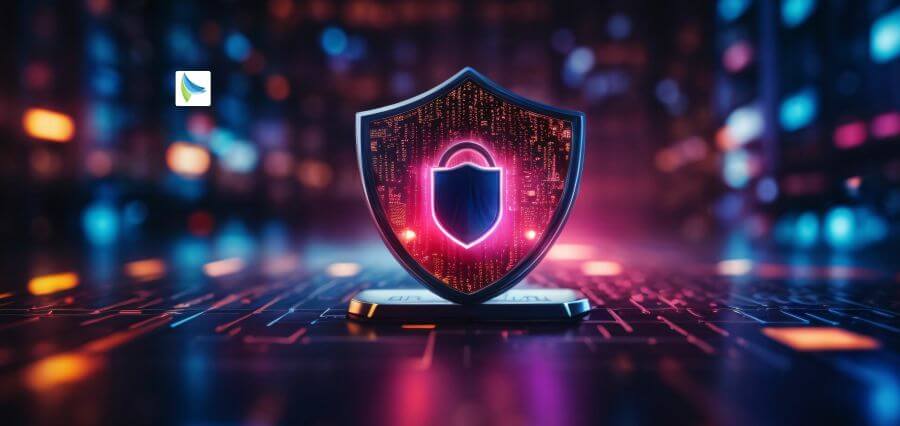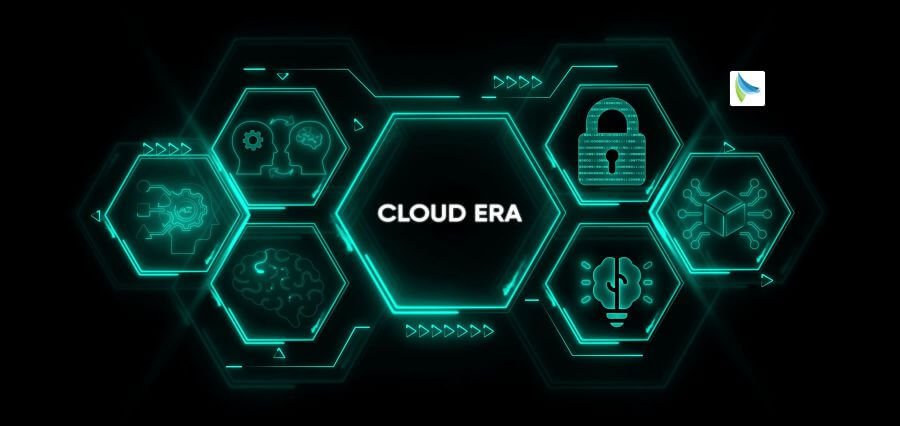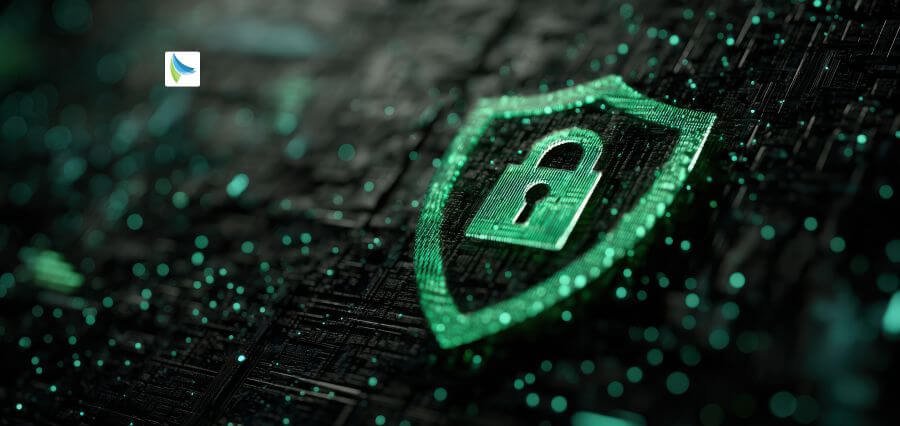Trusted and Tested
Data protection is no longer a legal compliance issue in an age characterized by the growing digital footprint and ever-more complex cyber threats, but a strategic pillar. Companies must now gain stakeholder confidence through ensuring data security that is not only “trusted but tried” but also through unprecedented levels of technical innovation, governance, measurement, and regulatory preparedness.
Institutionalizing Data Protection: Governance as Bedrock
Governance frameworks on data protection are now fundamental. According to a recent scholarly report, there is significant value in rigorous frameworks that bind risk management, access control, data quality assurances, and compliance procedures, such as GDPR, HIPAA, and CCPA. Companies that integrate these structures, such as vendor and breach checks, data mapping, and privacy impact assessments (PIAs), show significantly higher data responsibility and resilience.
The Rise of Measurement and KPIs
Organizational leaders are no longer interested in implementing privacy programs as check-the-box activities. According to the benchmark research conducted by TrustArc in 2025, organisations that monitor their privacy using KPIs (including the number of breaches, time to triage data subject access requests (DSARs), and the number of privacy impact assessments (PIA)) achieve a 100-point privacy maturity rating, compared to the likes of 55 points when no metrics are shown. Just one in five firms is taking advantage of commercial privacy platforms as much as possible, but those have privacy index scores averaging 78%, as compared to 54% in average use by those using open-source or manual tools.
Technology Defenses: Automation, AI, and Zero‑Trust
Contemporary data protection requires automation. Compliance platforms powered with AI, as provided by TrustArc or OneTrust, allow real-time risk detection, tracking consent, and automating reporting across rapidly changing regulatory landscapes. At the same time, zero‑trust Architecture (ZTA) with strong identity control and active verification has become a paradigmatic standard, not a best practice alternative. ML-driven threat detection tools, extended detection and response (XDR), and anomaly-detection systems are assisting in accelerating breach detection and response within organizations, including by decreasing the duration of detection.
Evolving Technical Standards and Privacy‑Enhancing Technologies (PETs)
Technical frameworks protecting and ensuring compliance are enhanced by new standards such as ISO/IEC 27040 (Storage security and backup systems) and NIST SP 800-209. In 2025, Privacy Enhancing Technologies (differential privacy, homomorphic encryption, secure multi‑party computation, etc.) are becoming more piloted and allow for making data processing safer without larger utility losses. Barriers Enterprises are also implementing data clean rooms and decentralized identity frameworks to facilitate privileged, secure data sharing with partners without compromising personal privacy.
Resilience as Compliance: DORA, NIS2 and Cyber Resilience
Alongside privacy regulation, emerging standards, such as the NIS2 Directive and Digital Operational Resilience Act (DORA) in the EU, are also pushing the envelope on aspects of availability, incident reporting, and supply chain protection. Such regulations require organizations, particularly those in critical services and finance, to prove incident readiness, keep the business-continuity procedures, and make the investment in cyber-resilience measures. Privacy leaders are also supposed to handle not only confidentiality but also integrity and availability.
Regulations and Global Harmonization
There is a new frontier of data privacy laws being enacted. India offers the Digital Personal Data Protection Act (2023) by example, now requiring the aspect of fiduciary duties, penalties, and fines on gaps, and a new Data Protection Board to adjudicate. Simultaneously, the European GDPR and the Californian CCPA are inspiring more than a dozen states in the United States to create their own regulation, resulting in a Swiss-iness that is leading to the call to harmonize through a new proposed Global Data Privacy Alliance (GDPA). Many organizations are adjusting to these international guidelines, such as ISO 27701, APEC CBPR, Nymity PMAF, and others that make accountability result oriented.
Benchmarking Cyber‑Insurance and Risk Transfer
There is a growing demand for cyber insurance due to the rising breach expenses and ransomware attacks. In modern premiums, validation of robust security postures matters, with immortal backups, incident-response planning, and XDR deployments all being solid underwriting factors. Firms negotiating coverage have an obligation to demonstrate vetted capabilities, continuous back-ups, immutable vaults, and disaster recovery drills, which indicate reliable data protection.
Strategic Outcomes: Trust and Stakeholder Confidence
The stakeholders are already leaning towards organizations that have been able to integrate governance, measurement, robust technical controls, resilience planning, and compliance with regulations. TrustArc statistics indicate that close to 47 percent of stakeholders currently trust the data protection of trusted organizations unreservedly- an increase that is stunning compared to last year. Businesses that support strategy with quantifiable outcomes not only fear fines but also stand out as brands encompassing privacy ethics and regulatory excellence.
Realizing “Trusted and Tested” Protection
The new standard of data protection is a combination of governance maturity, quantitative KPIs, sophisticated controls (AI, ZTA, PETs), and regulatory-aligned resilience activities. To be trusted and tested does not merely imply checking off compliances; it means the incorporation of privacy and resiliency at every organizational stratum, including technical, procedural, legal, and cultural. Those organizations that use governance frameworks as their strategic infrastructure, implement platform-based privacy tools and metrics that can be enforced, and demonstrate incident readiness are the new standard-setters-they are turning privacy into a competitive edge rather than a liability.
Read More: Masters of Cybersecurity Automation Tools
















